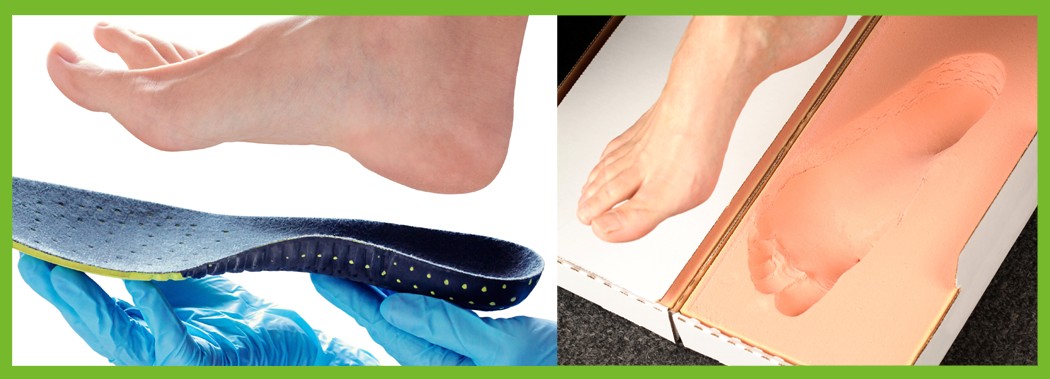How is it that millions of tiny nearly-weightless snowflakes can add up so quickly to a large pile of snow covering one’s driveway?
Add a bit of moisture into the air and suddenly those tiny nearly-weightless snowflakes become heavy weights stacking up on your shovel! Although most people wouldn’t believe it, snow shovelling can be a strenuous physical activity that leads to a number of injuries each winter ranging from simple muscle strains right up to broken bones (from slips and falls) as well as heart attacks. A number of snow shovelling injuries seen each year are also caused simply by being struck by the snow shovel!
Along with using the proper equipment (see Kitchener Physiotherapy & Wellness guide to Selecting snow shovelling equipment) and doing an adequate warm up (see *Client_company*'s Stretching Guide for Snow Shovelling) we have a number of tips you should take into consideration in order to avoid strain on your body and escape any potential injuries when attacking a snow drift.
Firstly, as with any job, assess the situation first and decide the best place for you to put your snow. Try to move the snow the shortest distance possible. When feasible, push the snow along the ground first so it piles up closer to where you are going to put it, then lift it to where it goes rather than repetitively lifting and carrying the snow.
If you don’t have to lift it and can leave it in a pile on the side, leave it! When pushing or lifting snow it is necessary to use good posture. This means squarely facing the snow you are about to lift and keeping your feet wide. When bending, do so at your hips and knees, while keeping your back in a neutral position in order to use your leg muscles and save strain to your back. As you lift, tighten your stomach muscles (core muscles) as this provides a natural brace to your torso. Keep the load relatively light and as close into your body as possible.
Avoid twisting your back when dumping or tossing the snow, rather move your feet so they face the intended pile.
Grip the shovel with one hand on the handle and the other nearer to the blade. This will assist you in keeping the load close to your body when lifting and will give you more control with the weight on the shovel.
Finally, keep well hydrated while shovelling, take frequent breaks and pace yourself. If possible, shovel in shifts as the snow falls rather than waiting until a heavy pile has built up. Get help with the shovelling! If you have a family, make it a fun family activity, or chat with your neighbours in order to divide the load. If you feel any stress on your body, or worse, if you feel any cardiovascular warning signs such as lightheadedness, sudden shortness of breath, or chest pain/tightness, heed these warnings and stop immediately to get emergency assistance. If you regularly need to shovel a lot of snow, you may want to trade the snow shovel in for a snow blower, but beware that snow blowing comes with its own set of injury risks. Or, if you are elderly, have a pre-existing medical condition, or are not in good enough physical shape to regularly shovel, there is always the option of hiring someone else to do the job.
The most common snow shovelling injuries include:
Other Relevant Links:








